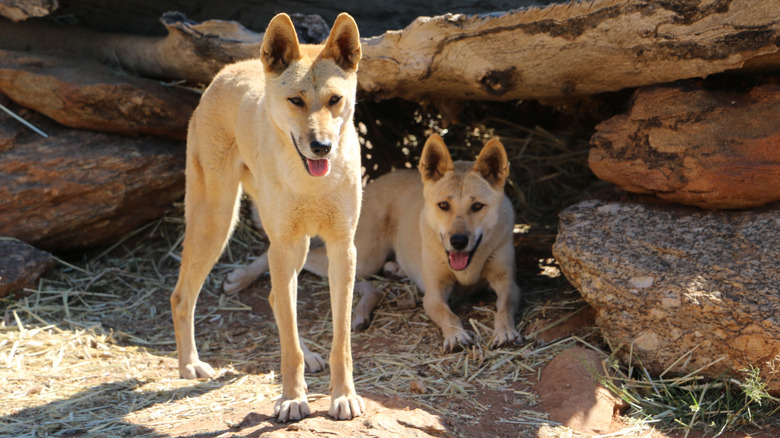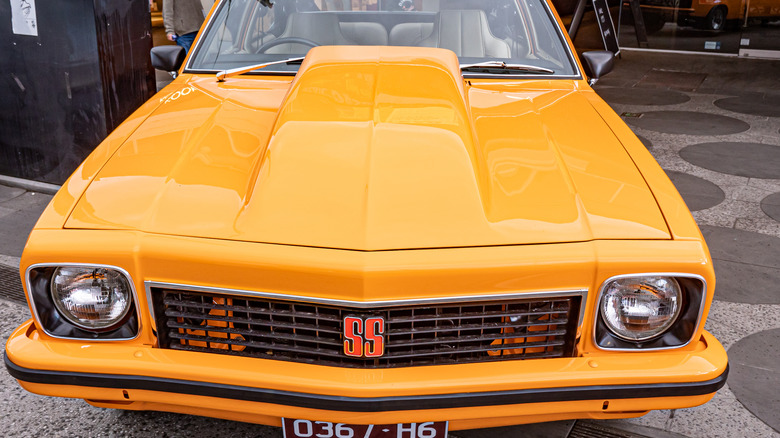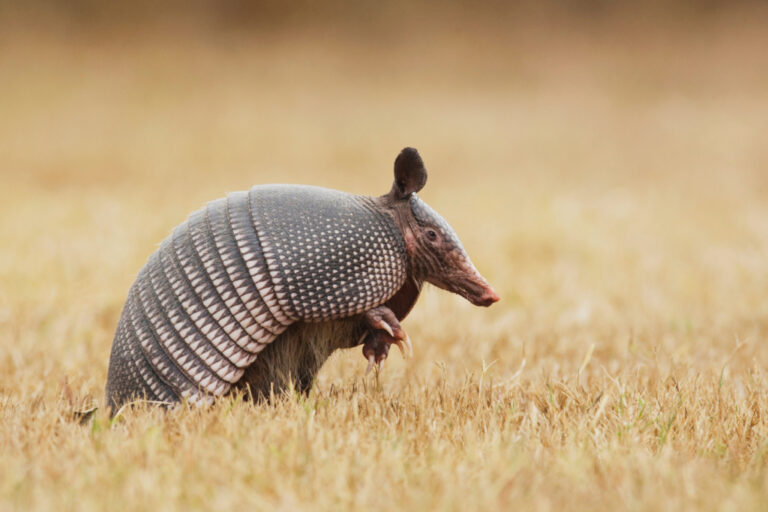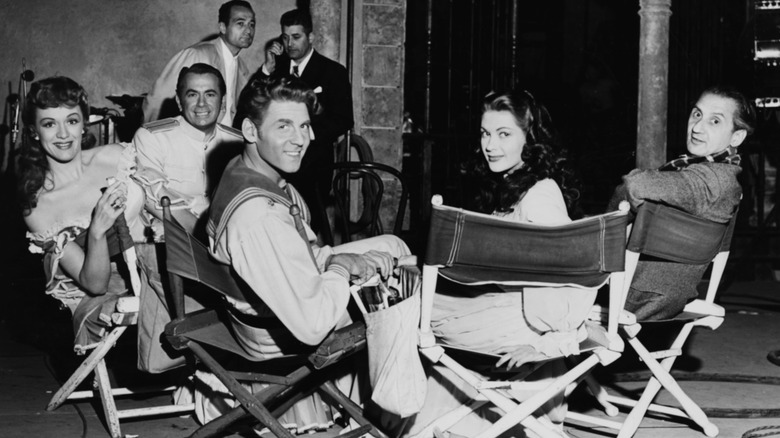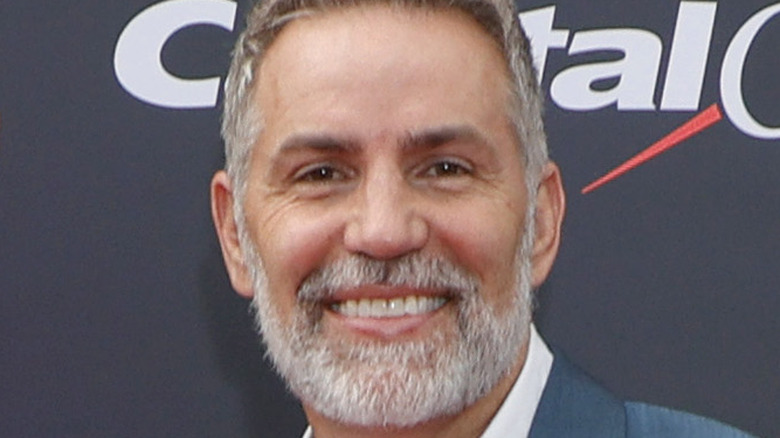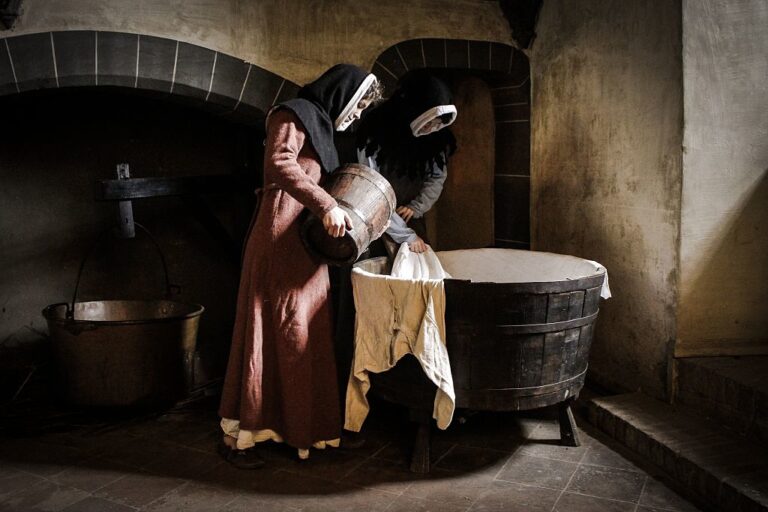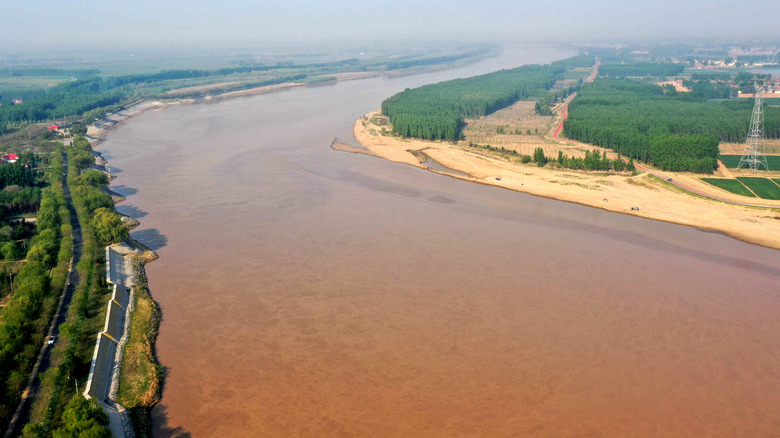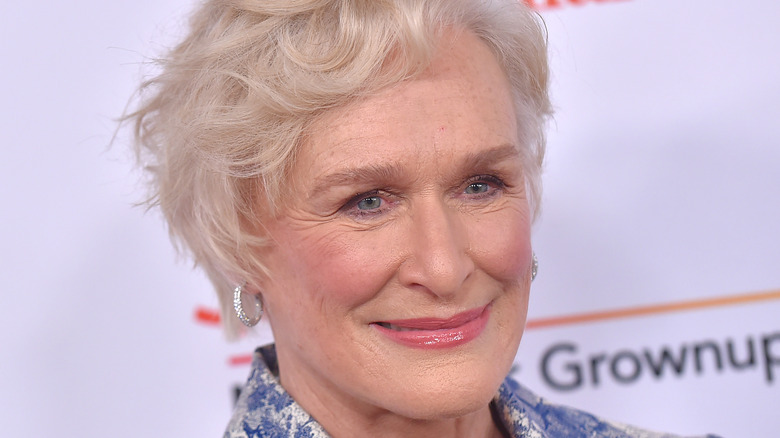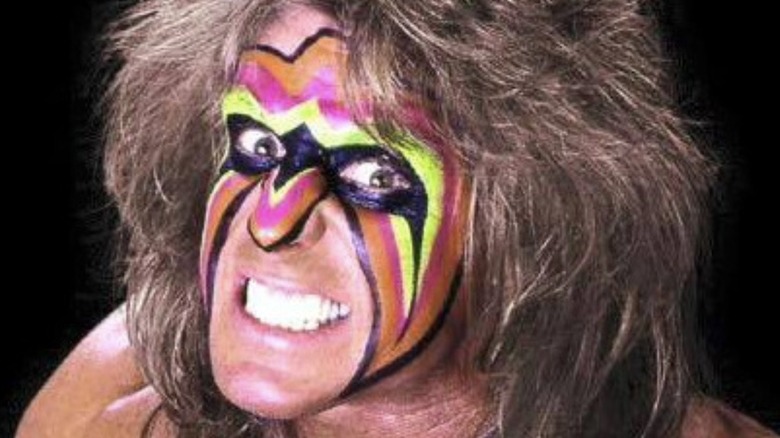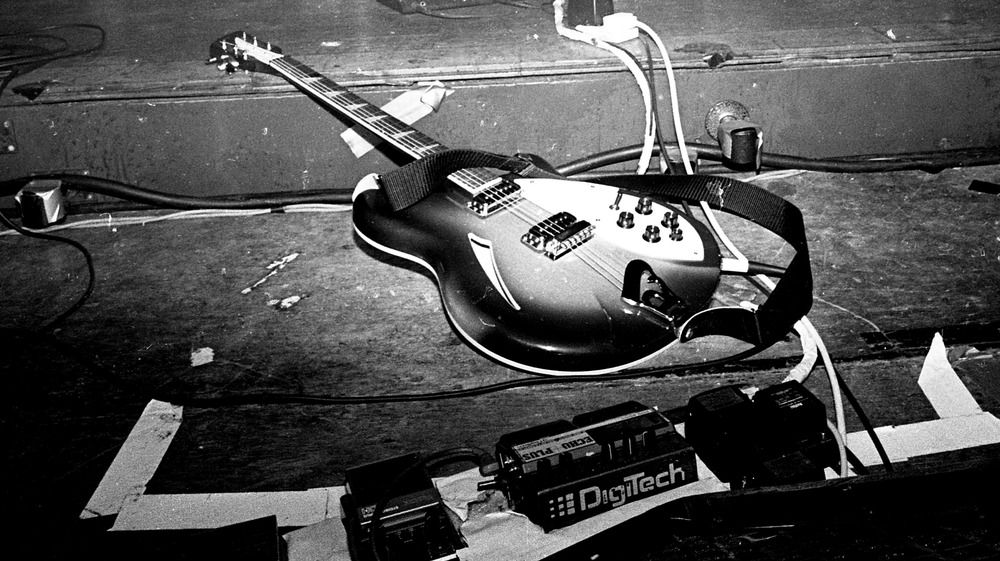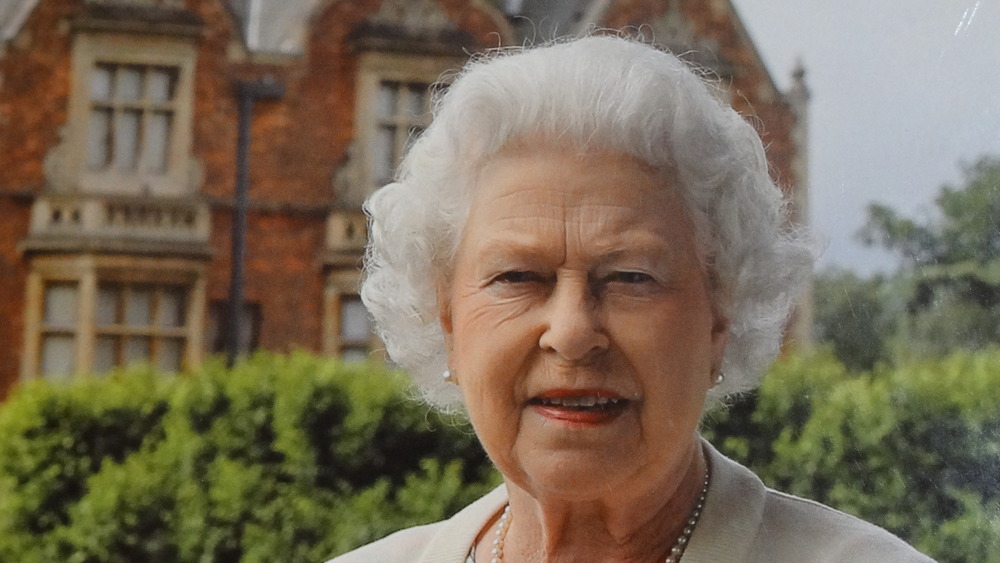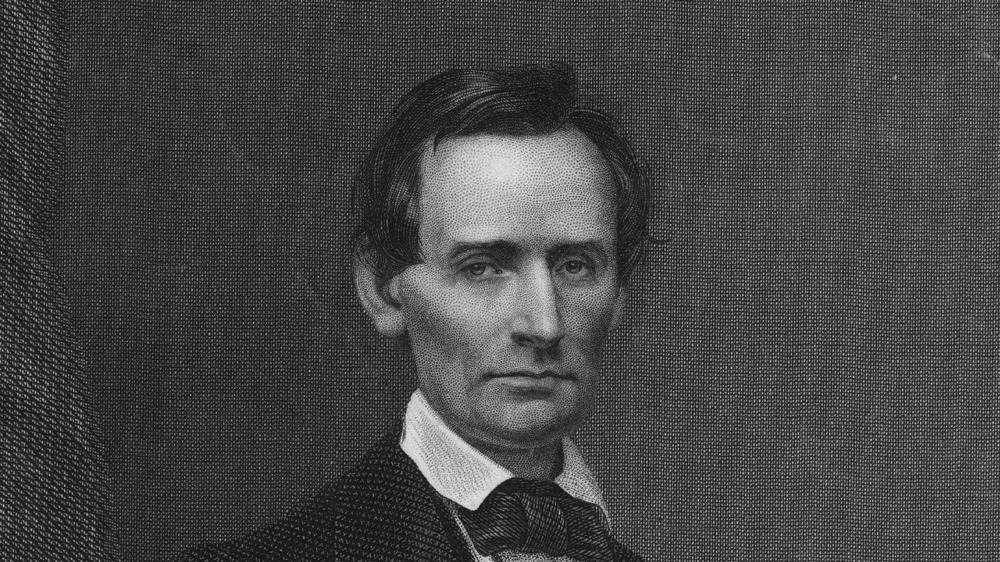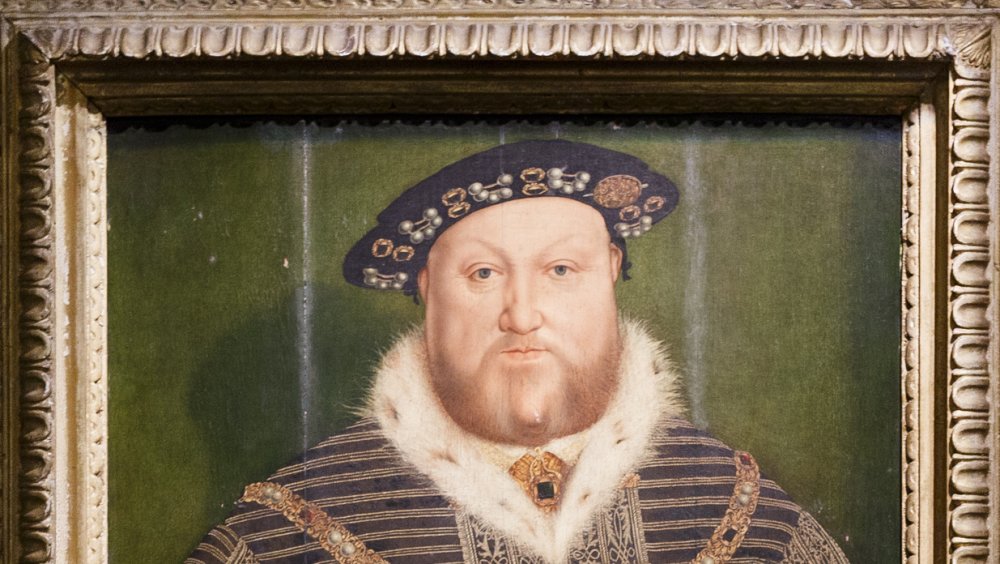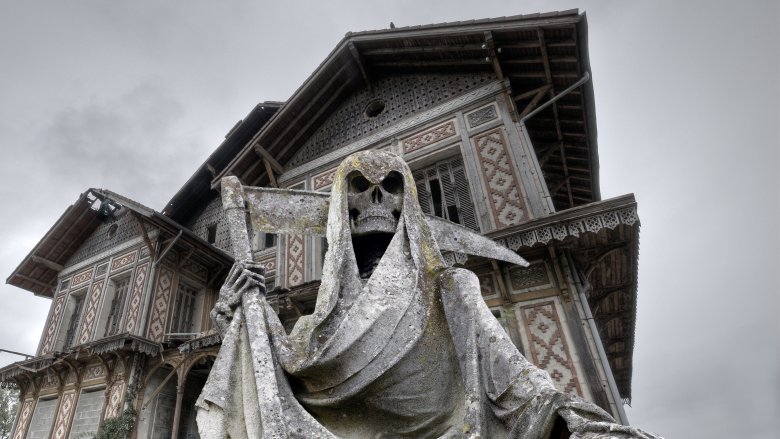
Disturbing Details Found At Azaria Chamberlain’s Death Scene
The death of Azaria Chamberlain would divide Australia like nothing before. The country stood split over the truth of what really happened to the young infant, and it would stay like that for decades. The baby Chamberlain was only 9 weeks old when she was killed during a camping trip with her family sometime on August 17, 1980, per Australian Broadcasting Corporation. Initial reports stated that her mother Lindy claimed Azaria went missing from their tent, and also said that Australia’s native wild canid breed called a dingo took her. She famously cried out, “A dingo ate my baby,” or some variation of that, per Snopes.
The area the family went camping in, Uluru, is a common location where dingoes are found, says Uluru Tours Australia, so she was originally supported by some local officials. But law enforcement never had confidence in her story. They claimed that Lindy killed her baby and blamed it on a dingo. Despite no sight or sign of the baby’s body, both Lindy and her husband Michael Chamberlain were charged and convicted in the death of Azaria in 1982. Lindy was sentenced to life, and Michael got a bond.
Yet, Lindy would only spend a few years in prison. She was released in 1986, when authorities investigating a missing person case came upon a jacket that likely belonged to a baby girl.
The death scene
When Azaria went missing, the only crime scene considered then was the family car, which is where authorities claimed Lindy killed her daughter. They concluded that findings of what looked like blood in the vehicle was sufficient to charge the Chamberlains (via Australian Broadcasting Corporation). However, it was not blood and would take almost six years before pieces of the truth started to come out. When a British tourist named David Brett fell to his death while climbing in Uluru in January 1986, the search for his body would turn up something else (via National Library of Australia). The site where his body was found had been a previous, yet undiscovered crime scene.
They did find the remains of Brett and realized that his body had been taken apart by the dingoes in the vicinity, reported the Sydney Morning Herald. In looking for the other parts of him, police came upon an item of clothing; it was a jacket that belonged to a baby. It was located near an area that had several dingo lairs, which supported Lindy’s initial claims that a dingo did take her baby. The jacket found also matched the exact description of what was told to authorities a few years earlier, officially backing the initial story and clearing the couple of any involvement. Lindy was released afterward. But it would take another three decades before they would officially be vindicated when a coroner announced in 2012, that dingoes do pose a threat to humans and one killed Azaria, per The New York Times.
The first crime scene
Police believed the main crime scene was the family’s car — a yellow Holden Torana, and a nearby scene where they found the baby’s jacket, which was the only evidence they found. But in looking back at the first findings, many of what was discovered supported the Chamberlains all along. The second coroner investigated the case in 1982 and would find that there was no blood found inside the tent, but there was a sign of it outside. The jumpsuit Azaria was reported to have on was found ripped and buried with blood stains on them, per University of Missouri-Kansas City. It was also determined that the rips matched with an animal’s teeth markings, but apparently lack of convincing tissue ruled that out. But a very glaring finding of the 1982 coroner’s investigation did conclude that Azaria’s clothing was indeed found on a path that dingoes were known to frequent and near a dingo den, along with the fact that these animals were also known to scavenge. Despite evidence to suggest potential dingo involvement, Australia in the ’80s did not believe that the canid breed was dangerous back then. It would take years before more would be known about this dog-looking animal, per Dingo Foundation, and advocacy led by Lindy herself to help bring awareness and education about the animal and how they interact with humans, per BBC.
The car was restored by Michael Chamberlain and donated to the Museum of Australia. He died in 2017, but his car went on display in 2020, per Australian Broadcasting Corporation.

The Truth Of The Mariana Trench

The Strange Details Surrounding Brianna Maitland's Disappearance
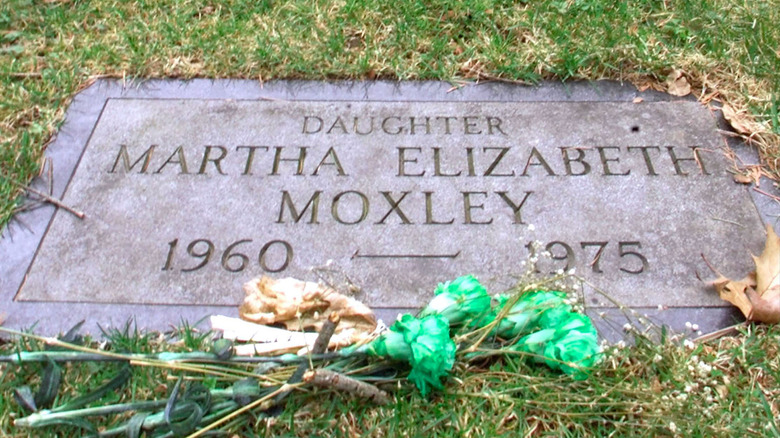
The Tragic Death Of Martha Moxley
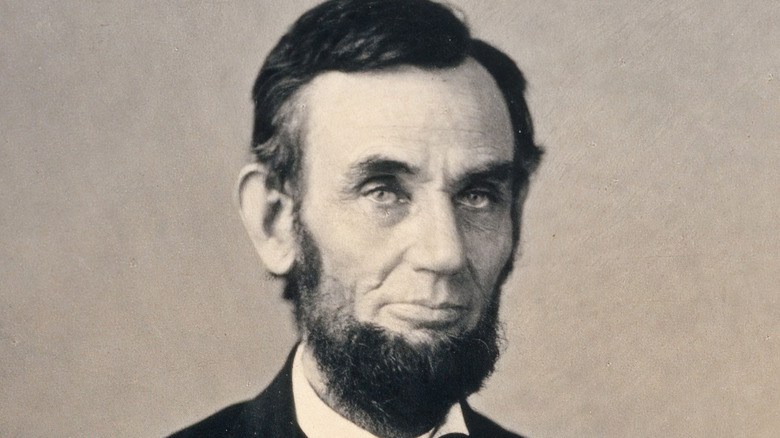
This Was Abraham Lincoln's Favorite Meal
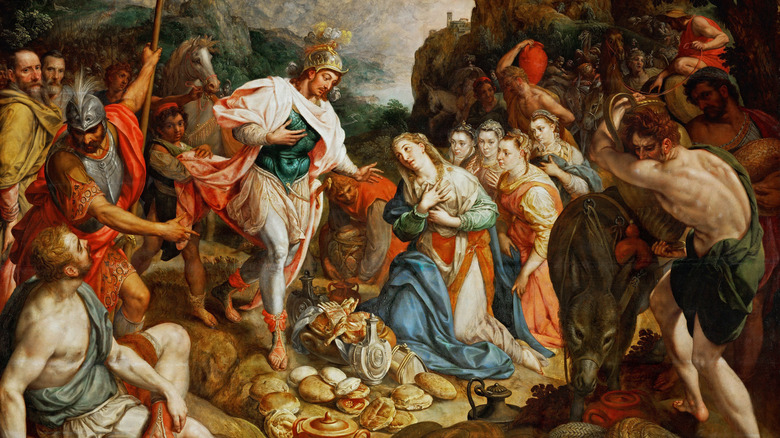
The Truth About Abigail In The Bible

The Truth About The Deadly 1839 Coringa Cyclone

The Controversial Truth About The Filibuster
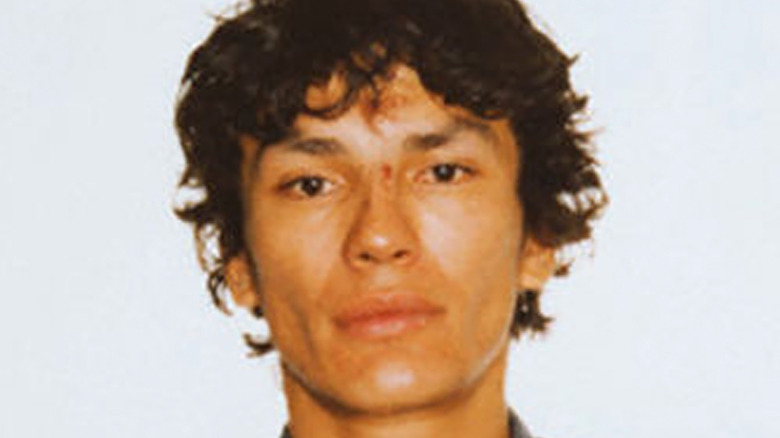
How Richard Ramirez Was Finally Caught
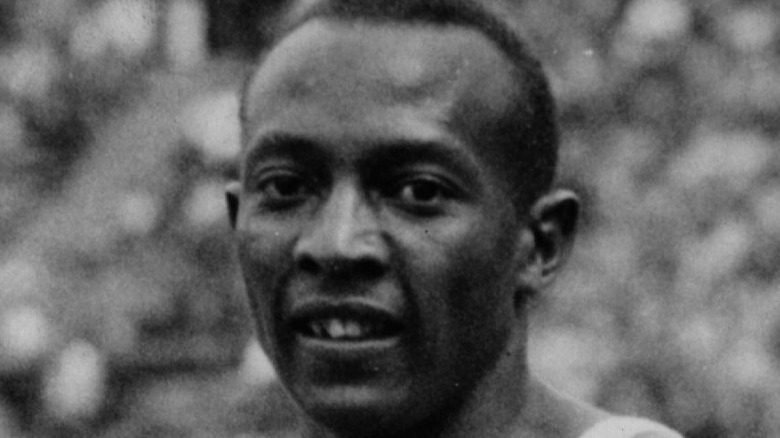
Did The Olympics Make Jesse Owens Rich?

The Most Unusual Reasons North Korea Has Kidnapped People
